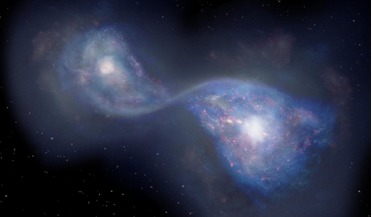 01 July 2019
Earliest known galaxy merger detected by ALMA
01 July 2019
Earliest known galaxy merger detected by ALMA
... one billion years after the Big Bang. Astronomers using the superb resolving power of the Atacama Large Millimeter/submillimeter Array (ALMA), detected the spectroscopic signs of these life essential elements, in an object known as B14-65666 located...
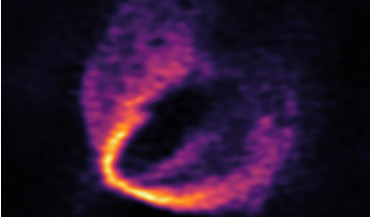 13 June 2018
Novel technique helps discover three protoplanets around newborn star
13 June 2018
Novel technique helps discover three protoplanets around newborn star
... young planets-in-the-making has been imaged by two independent teams of astronomers using the Atacama Large Millimeter/submillimeter Array (ALMA). These fledgling planets – known as protoplanets – are still enshrouded in a giant disc of gas and dust...
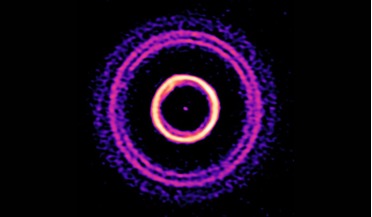 17 June 2019
Filling in the gaps of Jupiter-like planet formation
17 June 2019
Filling in the gaps of Jupiter-like planet formation
...Perhaps more light will be shed on this conundrum sooner rather than later, as scientists using the Atacama Large Millimeter/submillimeter Array (ALMA) have captured a new high-resolution image of a protoplanetary disk with unusual ring features. The...
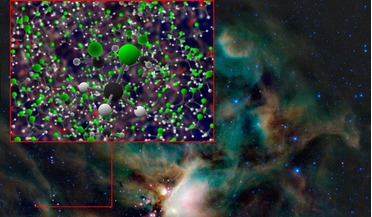 02 October 2017
New molecule discovery may have implications for chemistry on Earth
02 October 2017
New molecule discovery may have implications for chemistry on Earth
...is chloromethane. Using data captured with the ROSINA instrument on ESA’s Rosetta mission and the Atacama Large Millimeter/submillimeter Array (ALMA) in Chile, a team of astronomers have found faint traces of the chemical compound on the famous comet...
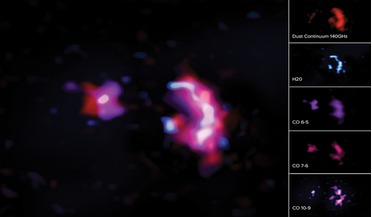 03 November 2021
Astronomers spot the most distant detection of water in a star-forming galaxy
03 November 2021
Astronomers spot the most distant detection of water in a star-forming galaxy
Astronomers using the Atacama Large Millimeter/submillimeter Array (ALMA) have detected water and carbon monoxide (... than a billion years old. Those galaxies, also spotted with ALMA, were SPT0311-58; two very distant and extremely dusty galaxies that...
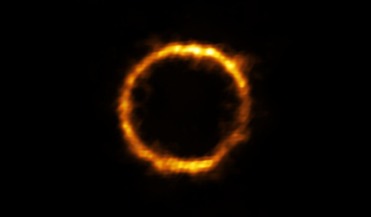 12 August 2020
Distant Milky Way look-alike is a breakthrough in the field of galaxy formation
12 August 2020
Distant Milky Way look-alike is a breakthrough in the field of galaxy formation
...seen when the Universe was only 1.4 billion years old, has been found by astronomers using the Atacama Large Millimeter/submillimeter Array (ALMA) and its features are so unusual for its tender age that it is challenging theories of how galaxies form...